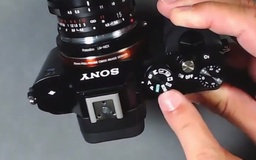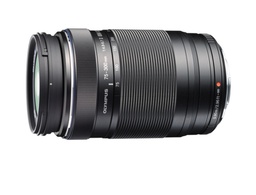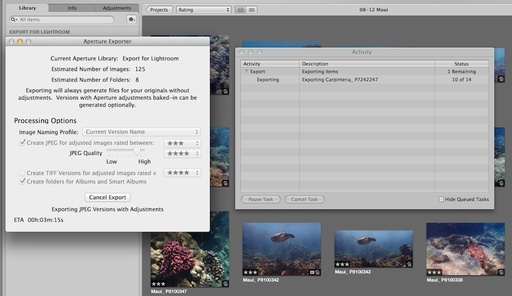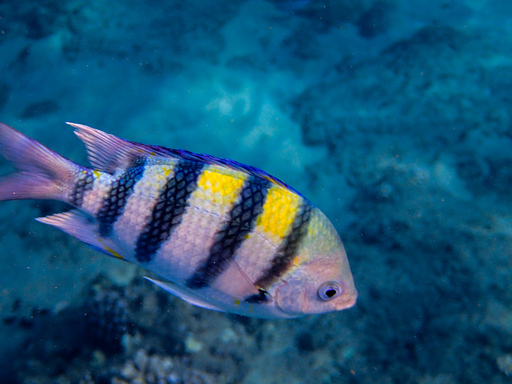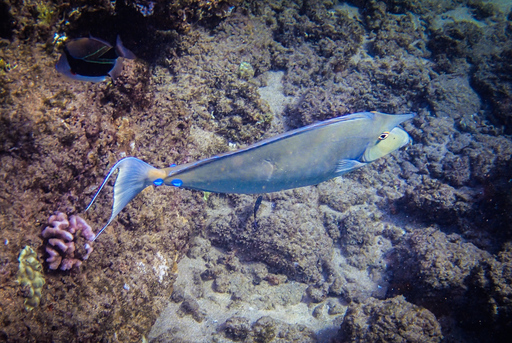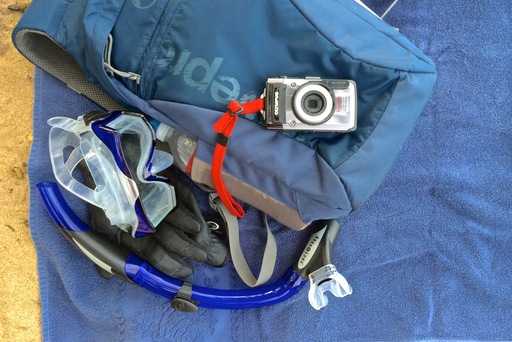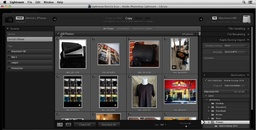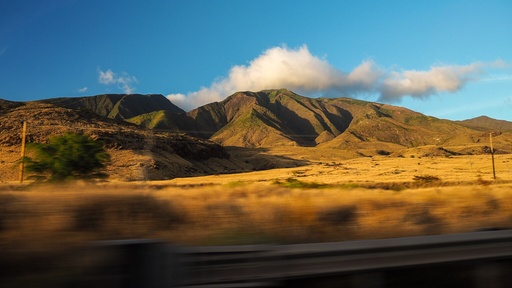This week on The Digital Story Photography Podcast: Dusting Off the DSLR, Free Photo Workshop, Macro Photography, Lens Deal - All of this and more on today's show with Derrick Story.
Story #1 - The Weekly Update: Ricoh announces Pentax XG-1 superzoom. This bridge camera sports a whopping 52X zoom (24-1248 mm) and will go on sale in August for $396. (source: DP Review).
In other news, Hasselblad Releases CFV-50c CMOS Back for V-System Cameras. "Designed with simple operation in mind, the back requires zero cables for connection, a first of its kind. As for the technical details, the CFV-50c is capable of up to ISO 6400, 1.5fps, 16-bit color, features a 3" 24-bit color display and uses a CF card for storage, when not tethered to a computer." Estimated price: $15,000. (Source: PetaPixel).
And finally, Olympus M.ZUIKO DIGITAL ED 75-300mm f/4.8-6.7 II Lens on Sale for $499 (with free Expedited Shipping). (Source: B&H Photo)
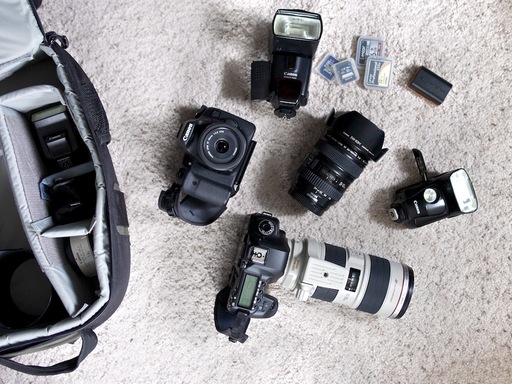
Story #2 - Dusting Off the DSLR - I have a big corporate project coming up that involves more than a half dozen shoots over a 3 month period. Because these images will be used a variety of ways, including billboards, and because the client wants very soft background for the portraits, I'll be using my DSLR kit. I haven't shot with it a while because of all my travel. Here's a bit about coming up to speed again.
Story #3 - 1:1:1 - Here's a basic technical reminder that 1 f-stop equals 1 full shutter speed equals 1 full ISO setting. I review how this works and why it's important in the third segment of today's show.
Story #4 - From the Screening Room - Photography 101: Shooting Macros and Close-Ups with Joseph Linaschke. I know Joseph well and he's a terrific instructor. In this brand new title, he shows you a variety of techniques for close-up photography.
You can watch Joseph in action by visiting the TDS Screening Room at lynda.com/thedigitalstory. While you're there, you can start your 7 day free trial to watch other design, photography, and computing titles, plus every other topic in the library (including my brand new "Photographing High School Senior Portraits."
Story #5 - A Free Photo Workshop. I'm working on the 2015 TDS Photography Workshop Schedule. As many of you know, I like to introduce at least one new topic a season. And I'd like to hear from you, "What Theme Would You Love for Me to Teach in 2015?" Send your idea to derrick@thedigitalstory.com with the subject line: My Favorite Workshop Topic. My goal is to incorporate one of these suggestions into the 2015 season. If I do, that person gets free tuition to that workshop.
Virtual Camera Club News
From SizzlPix: Now, for The Digital Story listeners and readers, this month only, SizzlPix will knock off 20% of the price for your SizzlPix, any quantity, any size up to 6 feet! Just put the initials TDS or "The Digital Story" in the comments space of their new, simplified online order form. SizzlPix.com.
Save on Ground Shipping for Red River Paper: Use coupon code ground50c to receive a 50 percent discount on UPS ground shipping for Red River Paper. No minimum purchase required.
Photo Assignment for July 2014 is "Smokin' Hot".
If you haven't done so already, please post a review for The Digital Story Podcast in iTunes.
BTW: If you're ordering through B&H or Amazon, please click on the respective ad tile under the Products header in the box half way down the 2nd column on thedigitalstory.com. That helps support the site.
Download the Show
In addition to subscribing in iTunes, you can also download the podcast file here (32 minutes). You can support this podcast by purchasing the TDS iPhone App for only $2.99 from the Apple App Store.
More Ways to Participate
Want to share photos and talk with other members in our virtual camera club? Check out our Flickr Public Group. And from those images, I choose the TDS Member Photo of the Day.
Podcast Sponsors
lynda.com - Learn lighting, portraiture, Photoshop skills, and more from expert-taught videos at lynda.com/thedigitalstory.
Red River Paper -- Keep up with the world of inkjet printing, and win free paper, by liking Red River Paper on Facebook.
SizzlPix! - High resolution output for your photography. You've never seen your imagery look so good. SizzlPix.com. SizzlPix! now is qualified for PayPal "Bill Me Later," No payments, No interest for up to 6 months, which means, have your SizzlPix! now, and pay nothing until February!
Want to Comment on this Post?
You can share your thoughts at the TDS Facebook page, where I'll post this story for discussion.
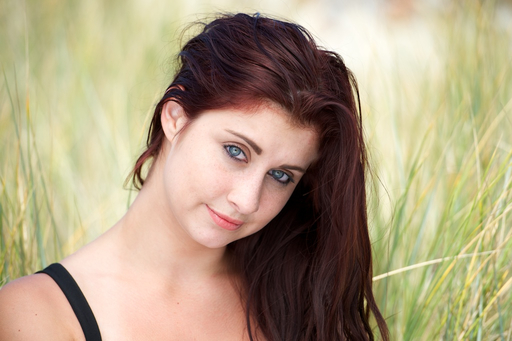 This portrait by Emerson Chen was captured in midday lighting at the TDS Sonoma Coast Workshop. Looks good to me!
This portrait by Emerson Chen was captured in midday lighting at the TDS Sonoma Coast Workshop. Looks good to me!
